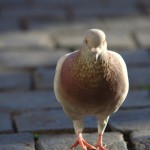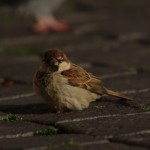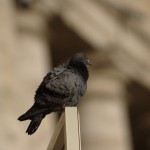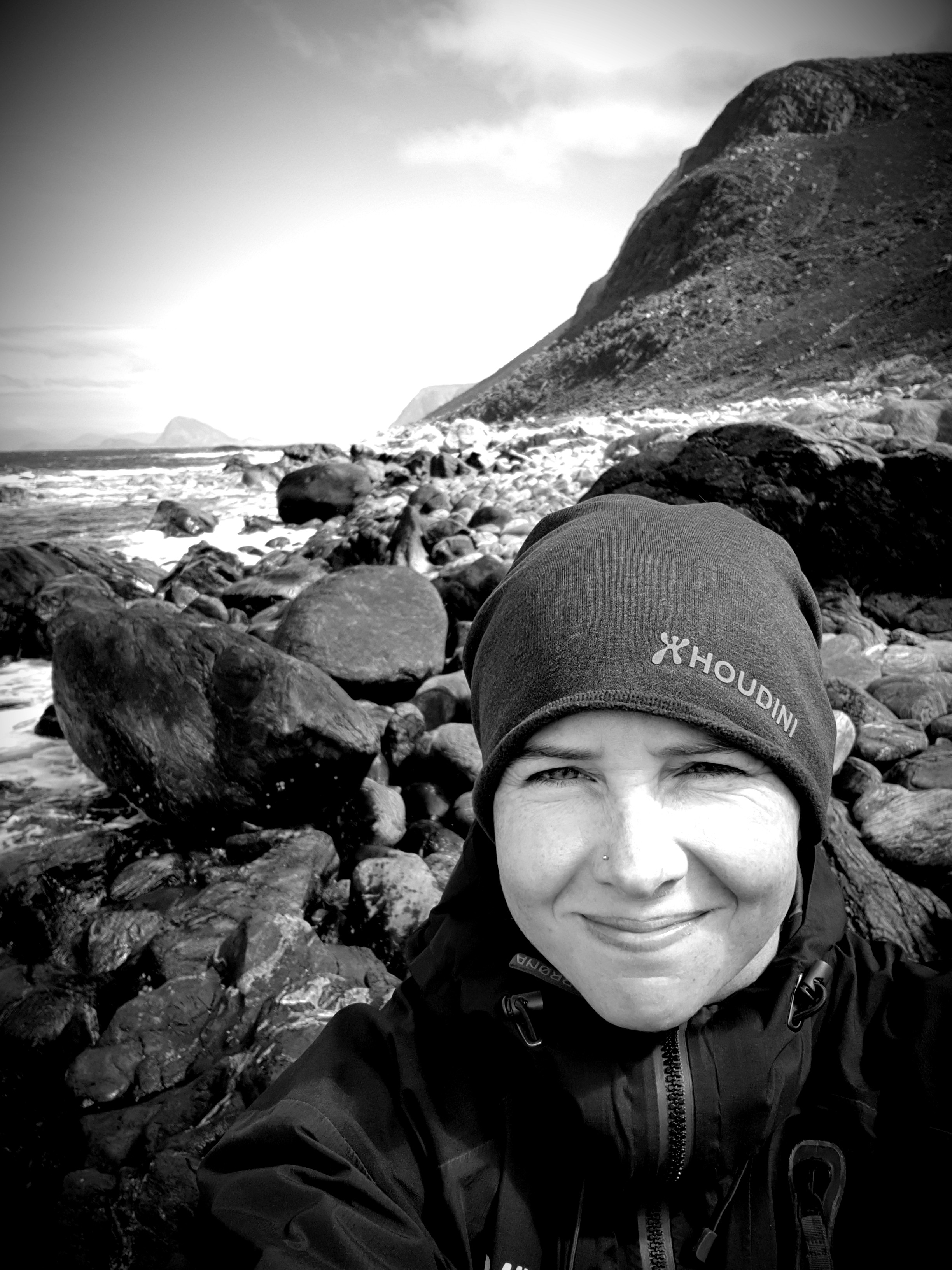My book will hit the market in February!
Sunday, January 27th, 2019 Book, Ecology, Marine biology, Uncategorized Å se en havhest dø, bok, book, Guri Sogn Andersen, marinbiologi, mikroplast, plast, plast i havet, plastsøppel None
Stoked!
I’m so excited to announce that my book is finally coming out. It’s hitting the market in the middle of February. It’ll be available in some book-stores (more details on that later), and through my publishers website (Spartacus). It’s written in Norwegian, but I’m considering writing some version of it in English as well… we’ll see.
It’s a small format, hopefully easily read book. But MAN, there are many hours of research and painful grinding behind that text. Head over to my book-page to find out more (both in English and Norwegian):
Å se en havhest dø – Forestillinger og fakta om plast i havet
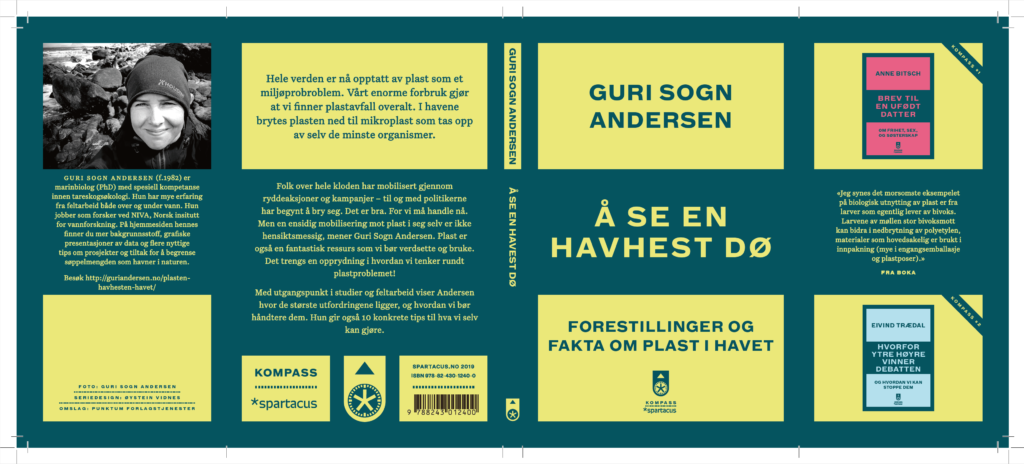
Fish tank reflections in Monterey
Thursday, November 8th, 2012 Ecology, Marine biology, Photography, Science, Travels aquarium, California, Grønt Napp, impressions, inntrykk, marine resources, Monterey, ocean, sea, seafood watch, sustainable seafood None
I went to California. You know how it’s really really hard to shut up about things that get you excited? Yep, this is going to be really really hard to keep short, but I’ll try. The Monterey Bay Aquarium was f***** amazing!
 |
| Monterey Aquarium, Open Sea Tank. (Photo: Guri S. Andersen) |
Fish tank reflections
Remembering the experience, one particular episode brings a crazy happy smile to my face. A tall guy in his 40’s stood with his daughter (about six years old or so) in front of the kelp forest tank. As she pointed at animals and algae in awe, he patiently answered her questions and discussed the information displayed on boards around the tank. When she pointed at a sea urchin, he asked what she thought the «purpose of those spiny things on top of it were»! SO pedagogic I almost went over to hug him. (- Yes, I’m getting soft… like creepy gooey soft…) As a shark passed in front of them, the little girl clung to his thigh. He smiled and held her hand as they watched the elegant creature glide by in silence. That moment of connection in curiosity and awe between generations was truly amazing to observe.
 |
 |
 |
| Kelp Forest Tank (Photo: GSA) | Lady and anemones (GSA) | Jelly Tank (Photo: GSA) |
A really short list of good things that’s easily done:
-
Eat sustainably, and spread the word about sustainable food guides (see below).
-
Don’t be afraid to ask where the seafood you’re planning on buying was harvested. In Norway for instance, cod from Barentshavet is harvested sustainably, while cod from the North Sea is not. Keep in mind that the «sustainability» of a product also varies with your location. Transportation of fresh food from one corner of the world to another is seldom environmentally friendly…
-
Avoid excessive use of plastic bags, recycle and be really cautious about where you throw items that may cause harm to animals.
Seafood guides
(For comments (I appreciate it): “Feeders”, please visit my blog. If you’re already visiting, click the “view comments” link below.
List of blog posts (in Norwegian) about sustainable seafood and how to choose:
Hvordan velge riktig sjømat
04 Mai 2011
Sommeren er på full fart inn i stua og kjøkkenet, og vi i Marinbiologene gleder oss over det. Med sommeren kommer også lange kvelder med deilig sjømat og god vin. Sjømat er godt, sunt og ofte …
Klimasmart sjømat: Marinbiologenes guide til sjømatguider – del 3
25 Mai 2011
Du står i butikken og klør deg i hodet. Du ønsker å være en miljøbevisst forbruker, men hva er egentlig mest miljøvennlig? Du har hørt at fisk fra frysedisk ikke …
Miljømerking: Marinbiologenes guide til sjømatguider – del 2
20 Mai 2011
I del to av vår guide til sjømatguider skal vi se nærmere på miljømerking av sjømat. Produkter som er sertifisert og godkjent av et miljømerke skal oppfylle bestemte krav og kriterier i forhold til miljøvennlig og bærekraftig …
Marinbiologenes guide til sjømatguider – del 1
09 Mai 2011
Her skal du få en kjapp introduksjon til noen nettsider med informasjon om vanlig norsk sjømat. … Guiden viser til MSC sertifiseringen av sjømat og anbefaler at man ser etter deres symbol når man skal kjøpe fisk og skalldyr.
PhD thesis saver from Zuur et al! Thank you!!
Monday, January 30th, 2012 Ecology mixed effexcts models, R software, statistics None
Hot PhD-tip:
Mixed Effects Models and Extensions in Ecology with R
Thank you, Zuur and guys for this awesome PhD-saver!
Struggling with ecological datasets that do not seem suited for any of the frekkin statistical methods you learned from you worn out supervisor or at the basic statistics course at your department?
Well, I’ve got a hot tip for you: Read this cookbook and feel the load fly away from your burdened shoulders.
I’m not saying that it’s a downright miracle cure for poor experimental designs and mishaps, but I assure you it feels pretty damn close.
You’ll find it here:
Local inhabitants
Thursday, January 12th, 2012 Ecology, Leisure, Photography, Travels Birds, breadcrumbs or salvation, cute None
Some of the local inhabitants waiting for their salvation at Piazza San Pietro. Or maybe they just want some breadcrumbs.
~Lars
Closing in on triumph at #RUC



 ShareThis
ShareThis
Project expanded! We decided (that is Morten did – and for that I am grateful) to run PI-curves at 5 and 25C as well. That means we’ve got results from five temperatures. The kelps grown at 20 C for three weeks are still alive, but the general impression is that they are more perforated and fragile than the rest.
Read more HERE
Poetry from the lab: Photonblues revisited @ #RUC
I actually wrote this while finishing my master thesis the summer of 2007. Being stuck in the lab trying to get some results at the end of my fellowship as a PhD student at UiO, it reappeared quite vividly in my mind.
Before reading this, you’ve got to know a couple of things. First, I’m a nerdy marine botanist. Second, when my mind starts to wander it quite often does so in verses – for some reason. You should also know that quite a few Norwegians struggle attempting to pronounce LOW correctly. It usually comes out as LOVE. At least coming from the mouth of the lecturer at the course Light Climate and Primary production in Arctic environments – incredibly amusing when you’re hyped on coffee and to little sleep due to Arctic midnight sun and attending a master/graduate course spanning four intense and exciting weeks at Svalbard… And especially with the backdrop of your lecturer explaining the reaction centres of the photosynthetic apparatus (RCs) by referring to Monty Pythons sketch on “the machine that goes BING“… Oh, man… priceless.
If you want to know more about light and marine “compensation” levels (E~1%**), THIS is a great place to start. Anyhows and anyways… here it goes:
Photonblues revisited
by: kelpRmy
I’m staring out the window
where I see the mocking sun.
Throwing all those photons at me,
but hitting me with none.
There is this wall between us,
this fucking drag of a thing.
It’s called a shitload of work
and keeps my machine from going “BING”!
My RCs are all open, you know
they’re ready for some love…
But these love-light conditions, man
are really way below (E 1% **)
Well, as you can tell from hearing this,
i’m doing rather swell.
Excuse me while I ask my ambitious self,
to go take a vacation – IN HELL!!
Tomorrow I’m taking the night off to go see a movie. Obviously needed :)
Older Posts Back



